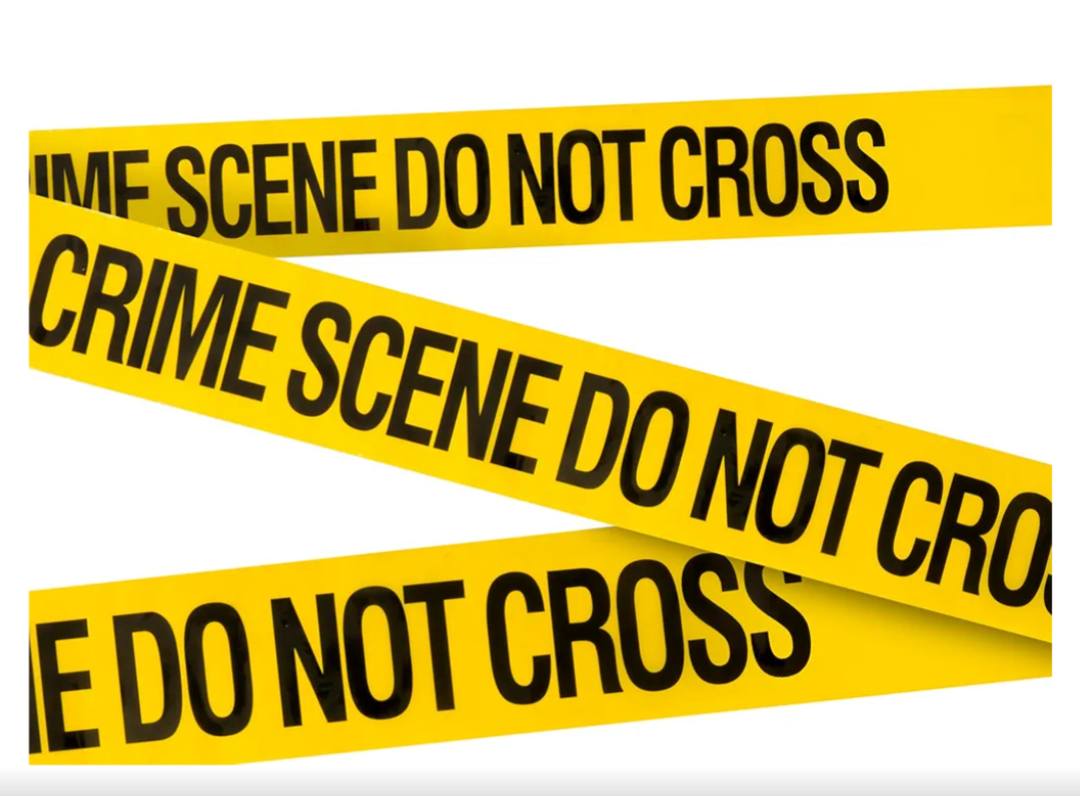Husband of Teacher Murdered After Withdrawing Cash Had Previously Been Kidnapped and Robbed
Husband of Teacher Murdered After Withdrawing Cash Had Previously Been Kidnapped and Robbed Husband of… Husband of Teacher Murdered After Withdrawing Cash Had Previously Been Kidnapped and Robbed
